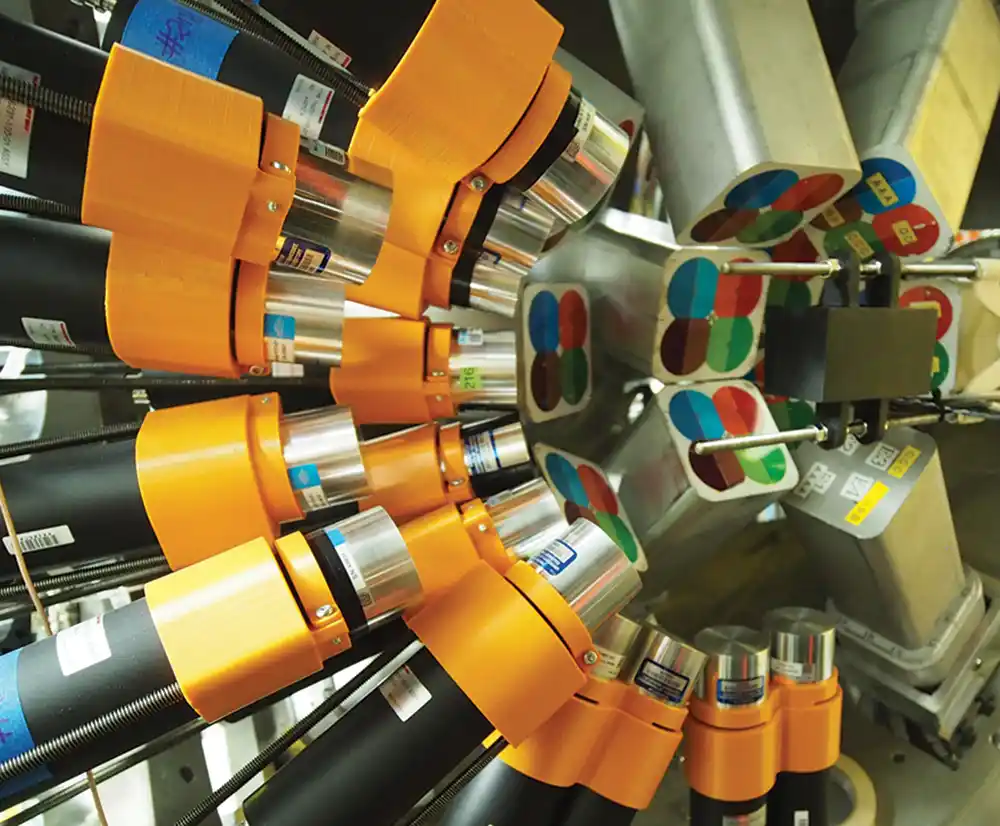Department of Physics & Astronomy


Welcome!
Physics and Astronomy at the University of Tennessee, Knoxville, is where fascination meets function. We explore the deep questions of the universe and provide the scientific foundation for discovery that yields the technologies in your pocket, and those of tomorrow.
Our department is driven by an engaged faculty pursuing fundamental research and eager to develop the next generation of scientists.
Our physicists helped put our state on the periodic table, study multi-messenger astronomy and explosive stellar events, and search for new physics at CERN. They describe the properties of nuclei and neutrons and test the limits of superconductivity with new models and novel materials. They merge physics and biology at the cellular level with lab-on-a-chip devices. They’re building an interdisciplinary approach to lead transformative research on quantum materials and devices, information science, and artificial intelligence.
Our students have a breadth of research opportunities on campus, at nearby Oak Ridge National Laboratory, and at facilities all over the world to set them on the path to promising careers.
Colloquium Schedule
Radioactive Molecules are Dying to Reveal New Physics
March 10, 2025
Speaker: Ronald Fernando Garcia Ruiz, MIT
Host: Robert Grzywacz
Abstract
Rapid progress in the experimental control and interrogation of molecules is enabling new opportunities for investigating the fundamental laws of our universe. In particular, molecules containing heavy, octupole-deformed nuclei, such as radium, offer enhanced sensitivity for measuring yet-to-be-discovered parity and time-reversal violating nuclear properties. In this colloquium, I will present recent highlights and perspectives from laser spectroscopy experiments on these species, as well as discuss the relevance of these experiments in addressing open problems in nuclear and particle physics.
Spring Break 2025: No Colloquium
March 17, 2025


